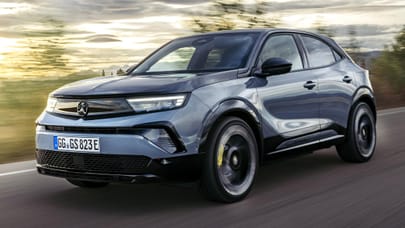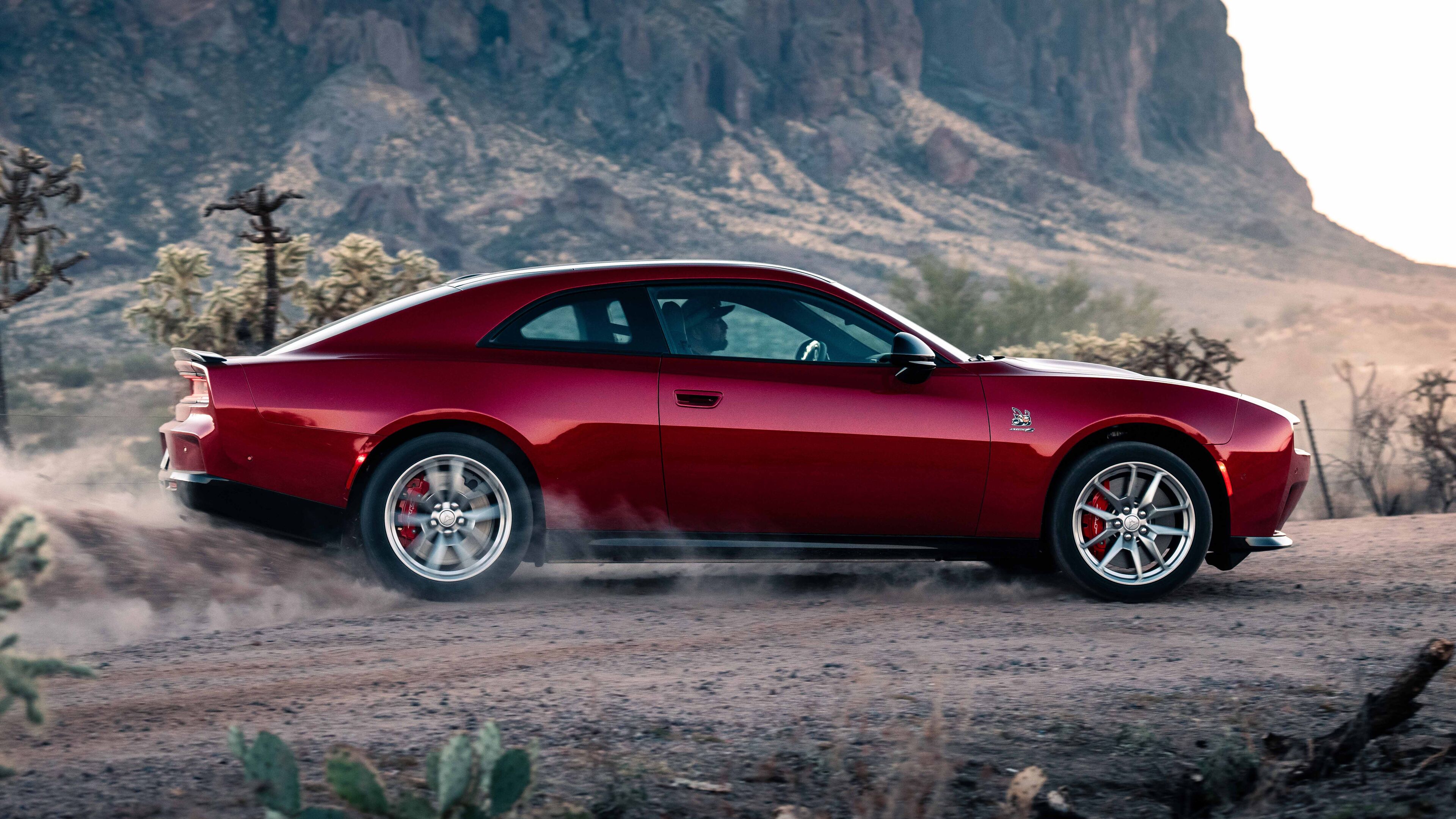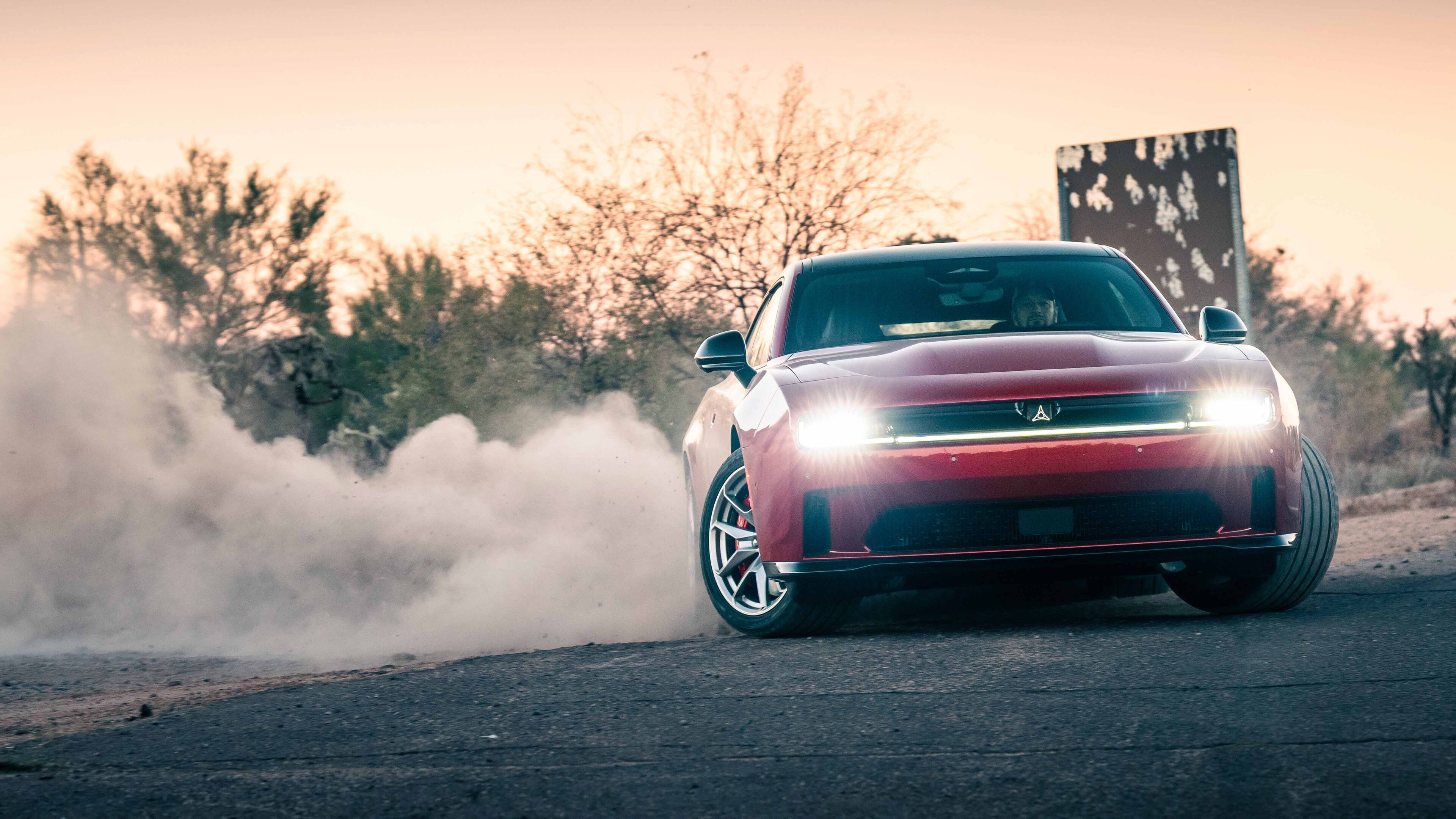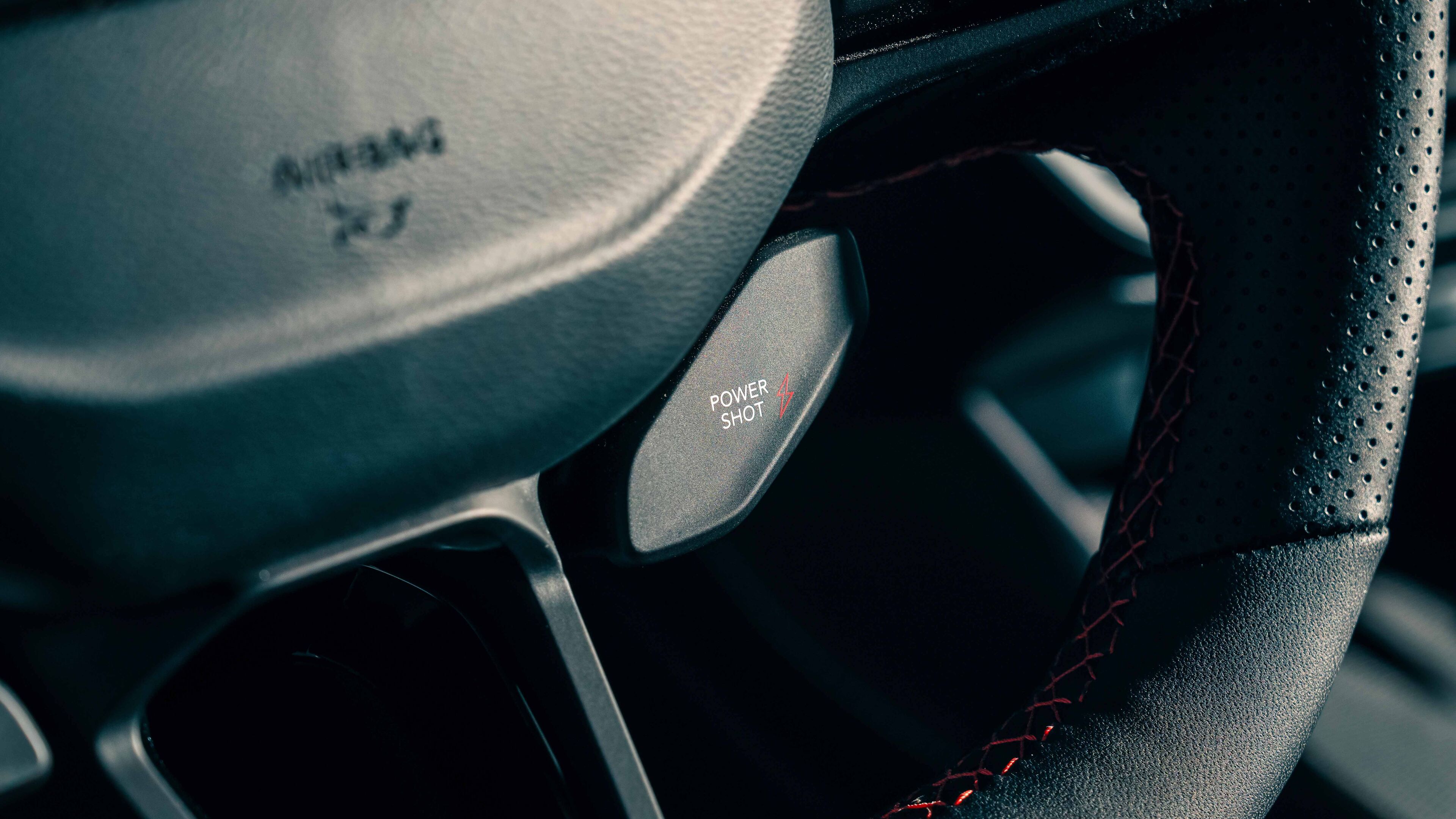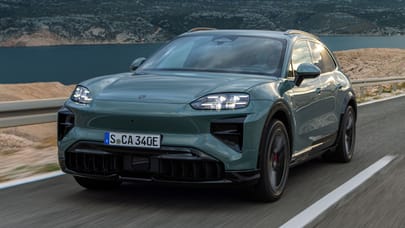
Has Dodge missed the point of a muscle car with its electric Charger?
Buh-bye, naughty V8, and welcome to... batteries and fake noise. Time to find out if the Charger's kept its soul
Is that one of those new soy Chargers? The one that’s all electric?” says Devon, a man in his silver years who drives a truck, but also has a V8 petrol powered Dodge Challenger back home, implying that electricity is feeble and... somehow left wing. A case not supported should he investigate the woke electricity that powers his home and drop a live toaster in his bath.
I simply switch on Dodge’s new electric Charger Daytona and start to rev it. He flinches at the startup – it’s got the kind of exhaust fireup flare you get when someone lops the exhaust off a V8 with an angle grinder – and his face unfurls in wonder. “Well, I’ll be damned...” he exclaims, calling his buddies over. “Maybe it’s not so bad after all.”
Amazing how a bit of theatre can change people’s minds, and before they left, this slice of grey dollar was suddenly a lot keener on the idea of an electric muscle car. But that’s the issue Dodge is facing right there, born, lived and buried in one 10-minute conversation. Nominative determinism has bitten, and this EV Charger is pure electric heresy according to the Church of V8. And the Church is puritanical: anything short of a procharged 7.3-litre Hemi on open headers with the fuel efficiency of an Iowa class battleship would cause coarse frown lines in the foreheads of the faithful.
Photography: Harry Rudd
So it’s a tricky spot for a company that has built a modern reputation on Hellcats adept at turning unleaded into tyre smoke at will. You’ve got the muscle car faithful and those interested in EVs, and in the Venn diagram of ownership, the crossover is micron thick. Dodge reckons this is the “world’s first electric muscle car”. But that might be because no one’s really thought it necessary to build one.
Rolling through the canyons of Arizona in a red Dodge Charger, blacktop shimmering in the heat, yellow lines looping through sweeping corners like a thrown rope and noise burbling away beneath, it’s a classic American scene. A bloody cell pulsing through black veins of desert. And yet it’s a new way of thinking for Dodge.
The most obvious news is that noise. How? Well, the Fratzonic chambered exhaust stuffed under the car uses a couple of subwoofers and a 600W amp to move air through resonating chambers and create the familiar exhaust sound. Pure theatre, but it does make a statement. And that’s what Dodge is all about here – it wants you to think of the new Charger as a muscle car first, and an electric car second. A car that looks, sounds, drives and performs like a Dodge Charger. And that’s a tough one for EVs where horsepower is cheap but character is hard.
Still, it looks the part. A widebody two door (there are no narrow bodies), strong shoulders, coupe roofline and front and rear ‘racetrack’ light signatures. There’s a meanness to the front that apes classic Chargers, a strong set of visual graphics that make it look like a vision of the near future. In fact, it looks a bit like 1960s futurism, where we still all have largely the same stuff, just a bit more fancy and powered by a thimble reactor in the glovebox. Back to the Future vibes rather than an edgier dystopian sci-fi.
Looking for more from the USA?
Top Gear
Newsletter
Thank you for subscribing to our newsletter. Look out for your regular round-up of news, reviews and offers in your inbox.
Get all the latest news, reviews and exclusives, direct to your inbox.
Yes there’s an efficiency-aiding pass-through spoiler in the nose called the ‘R-wing’, but that’s almost invisible until you get close. And other than that, this could be a petrol powered car. Which, incidentally, it will be; in 2025 there’ll be a couple of straight-six twin-turbo powered cars, so all is not lost if you can’t live without a petrol engine.
Which brings us to the horsepower issue. Because that’s not an issue at all for a modern EV, and that’s equally true of the Charger. There are dual motors, one at either end to give all-wheel drive. They’re the same output at 335bhp, and the car runs 630bhp with a 40bhp 10-second ‘PowerShot’ from a steering wheel button for the full herd.
That translates into a car capable of 0–60mph in just 3.3 seconds – faster than the last Hellcat V8 – with a modest 134mph top speed. It has a 10.5-second quarter mile, which is rapid enough. Then there are the modes, which range from the usual Auto/Wet/Sport and Track, to more specific settings like Drag and Drift/Donut. There’s also a Race Prep mode to precondition the battery for high output discharge and keep the car delivering for ‘at least’ 10 passes at the strip, or a good few laps at the track. Which all sounds pleasingly hooliganish.
The truth is somewhat less intense. Let’s be honest, American-specific cars have a different infrastructure perspective, so they don’t tend to be suited to European tastes. Cruising around at the speed limit, the Charger is excellent. Quiet and calm, with a decent ride. The exhaust (we’ll just call it that) noise knocks back to the point you forget about it, and looking out over the bonnet and back over the rear arches, you really do feel like this big coupe has a lot of the right stuff in place. It’s fast, linear and good at straight line traction.
But start to push it in the corners and everything gets a lot less precise. Part of that is due to the hefty kerbweight of over 2.6 tonnes, and part is down to a drivetrain that feels like it could do with some more rear bias and front end bite. The steering’s too light, the brakes – although powerful – suffer from snatchiness that was common with earlier EVs as they push through brake regen into friction braking. So it doesn’t feel as up for it as the advertising might suggest.
You can get the car to drift, but this isn’t a car that ever feels natural
The same goes for the modes. Track doesn’t feel that tied down, and Drag isn’t neck snapping. But the most disappointing is the donut/drift mode. Essentially it locks out the front motor and stiffens the damping, but that leaves you with ‘only’ 335bhp. Which sounds like enough, but with 325-section rear tyres and hefty tonnage, the Charger can’t do a standing burnout. Which isn’t useful, but is fun. You can get the car to drift, and initiating is pretty easy, but this isn’t a car that ever feels natural. The limited slip diff in the rear motor loses interest once you’ve scrubbed speed at the end of a drift and feels like it defaults out to an open diff, killing momentum.
Similarly, if you whip the car into a donut and get any mention of rearward movement with the tyres spinning, it bogs. A feature presumably there to protect mechanical bits, but not something you expect. These are not useful metrics, but given the pitch for the car as a testosterone-fuelled EV, it feels like a bit of a miss.
But maybe we’re missing the point – there’s already an 800+bhp Banshee version on the way that’s set to be more aggressive (like an SRT in the Dodge pantheon) and these earlier cars are more core. And the new car seemed to get a much better reception than we expected. You’d think an electric Dodge Charger would be unacceptable and yes, there’s still suspicion, but from what we saw, ‘the people’ seem to be more intrigued than offended. There were a couple of punchy comments about “going woke”, but probably 80 per cent we talked to seemed keen or agnostic.
The main problem here is that Dodge is trying to generate the same feelings as the old stuff, by using the same tropes as the V8s. That’s... complicated. Do it well and you get a distorted view of ‘future’ powertrain that takes the diehards along for a bit. Do it badly and you end up as a pantomime horse. The new Charger is a bit of both.






